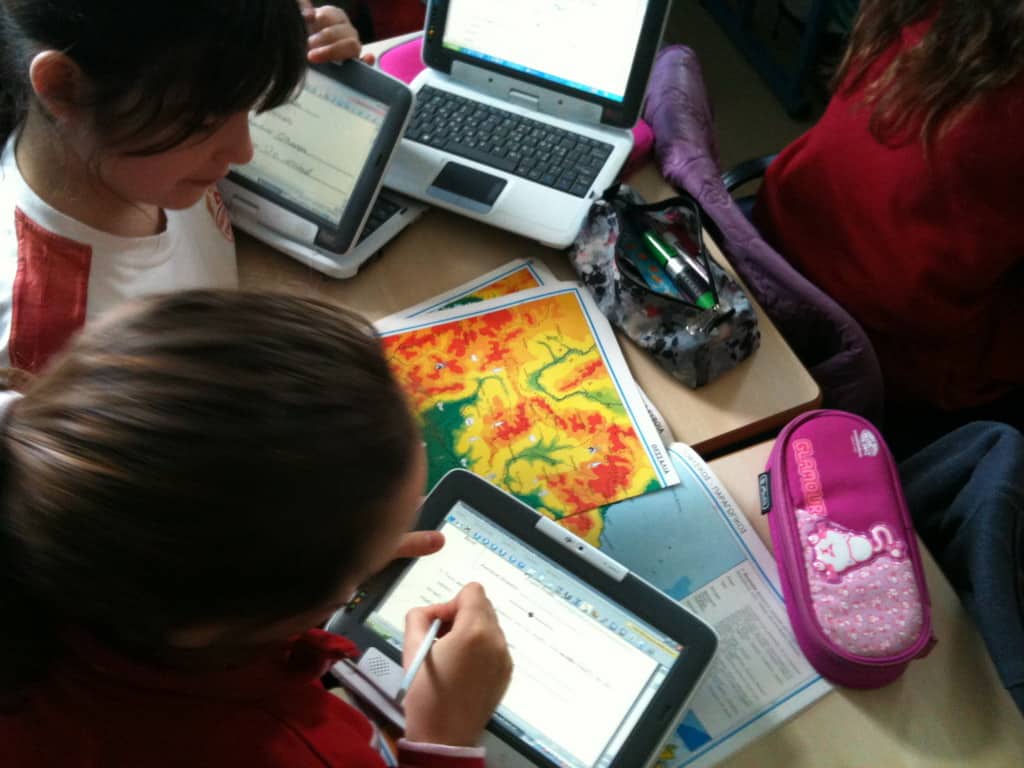With the ever-increasing pressure to raise performance standards in school, Project-based Learning helps to engage students’ intrinsic motivation to learn and, in turn, increase performance. School leaders are also able to tout curriculums that incorporate school-wide learning. Parents can see information on their child’s educational progress than a traditional report card can’t provide. It often takes students outside of the classroom; a school’s surrounding community quickly becomes an educational resource. Community leaders and places of interest can be tremendous resources for various student projects, and can also be beneficiaries of student work.
Project-based learning focuses on real-world problems, issues, and contexts. It promotes the use of all four language modalities namely listening, speaking, reading, and writing. It engages learners in authentic communication with team members and is learner-centred and teacher-facilitated. Completion of projects typically requires learners to use language in a variety of ways to collaborate on a plan, negotiate tasks, contribute ideas and constructive criticism, assess progress, and achieve consensus on various issues that are important to the learners’ lives. Unlike problem-based learning, which focuses on discussing and solving a problem, project-based learning focuses on developing a product, such as a group presentation, class newspaper, or cookbook of recipes from each student’s native culture (Starr, 2005).
Other projects to use with adults learning English might include creating oral histories; designing books for children in the family; writing short plays, skits, or poetry; surveying students in the program (or the community) about an issue of interest or concern, analyzing the survey, displaying the data and using it for next steps; listing tips on how to apply to a school or training program; or producing mock TV news broadcasts or talk shows, complete with commercials, focused on issues of personal significance or of significance in the community. When a project is designed for students to produce and practice English in ways they need to outside the classroom (e.g., participating on a team, repairing communication breakdowns), it provides a bridge to real-world communication (Bas, 2008).
Literature circles provide a venue for students to engage with one another while also interacting with texts of interest and importance to their lives. Originally developed by Harvey Daniels (1994), literature circles are similar to a book club, where readers can engage in lively discussions about what they have read. A recent experimental design study showed that literature circles can have an impact on English language learners’ reading comprehension as measured on standardized tests (McElvain, 2010). While this study was conducted with children, it seems likely that literature circles can be adapted for high-intermediate and advanced adults learning English.
In McElvain’s version of literature circles, groups of four to six students were formed based on the level of text they were reading. Students read silently in class for fifteen minutes and spent the next fifteen minutes responding to the text in a reading response log. During the final fifteen minutes, students either participated in student-led book clubs by sharing from their reading response logs or working on a collaborative book project. McElvain suggests that the most important aspect of literature circles is the “collaborative talk” about the reading that takes place among students throughout the activity as well as with the teacher, creating a “classroom literacy community” (p. 182; Mesa & Chang, in press). An additional finding from this study was that both teachers and learners reported increased engagement in reading and improved confidence to participate in class discussions.
Students gain a deeper understanding of the concepts and standards at the heart of a project. Projects also build vital workplace skills and lifelong habits of learning. Projects can allow students to address community issues, explore careers, interact with adult mentors, use technology and present their work to audiences beyond the classroom. Project-Based Learning can improve students who might otherwise find schools boring or meaningless. It combines traditional classroom knowledge with real-world expertise and skills to better prepare students for success. Many changes are taking place around the world to make teaching-learning more life-oriented, more meaningful and interesting. Shouldn’t we join them? (Finish)
